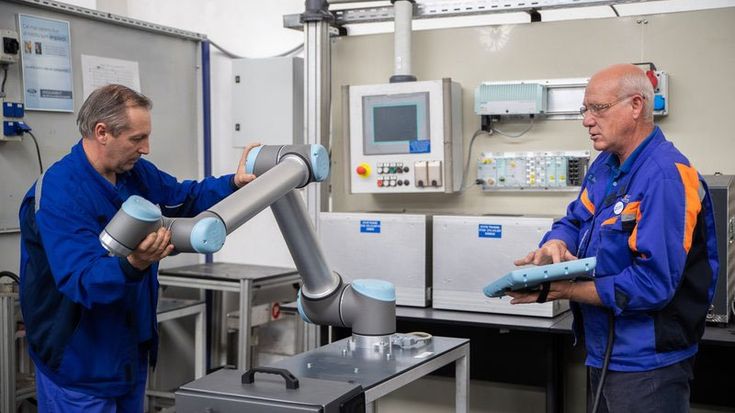When was the first robotic arm built, and for what purpose?
The first robotic arm, which Devol and Engleberger called the Unimate #001, was made in 1959. In 1961, Devol was awarded a patent for his robot invention and he and Engelberger established the world’s first robot company, Unimation—an abbreviation of the term “universal automation.” The first robot was installed at a General Motors plant in New Jersey to assist a hot die-casting machine. Unimation went on to develop robots to assist with welding and other applications in the fast-growing automotive industry. By 1966, Unimation granted licenses to Nokia in Finland and Kawasaki Heavy Industries of Japan to manufacture and market the Unimate, expanding the use of programmable robot arms into a global market.
Why was the first robot invented?
While the first robot was invented as the general-purpose machine to move materials, Engelberger and Devol recognized the device’s value to manufacturing. The automotive industry is still the largest market for robotic automation, but other industries - including electronics assembly; life sciences; food and beverage; and metal and plastics manufacturing are rapidly deploying robots as part of a push towards automation.
Engelberger was also interested in the many ways that robots could be used in the service of humanity. For example, he was especially interested in how robotics could be leveraged in the service industries and healthcare.
Types of robots today:
Traditional robots are heavily utilized in manufacturing environments. Although, collaborative robots (or “cobots”)—are now the fastest-growing category of programmable robotic arms. This new category, pioneered by Universal Robots in 2008, has forever changed the history of robots. Thanks to innovations in automation safety, robots are no longer isolated behind safety caging. Robots, for the first time, are now working in direct collaboration with human workers.
With the rapid and continuous growth of 50% to 100% per year, Universal Robots is the established cobot market leader.


